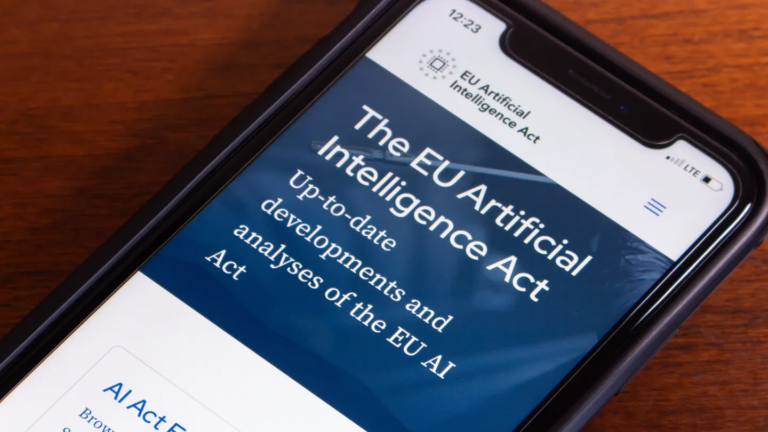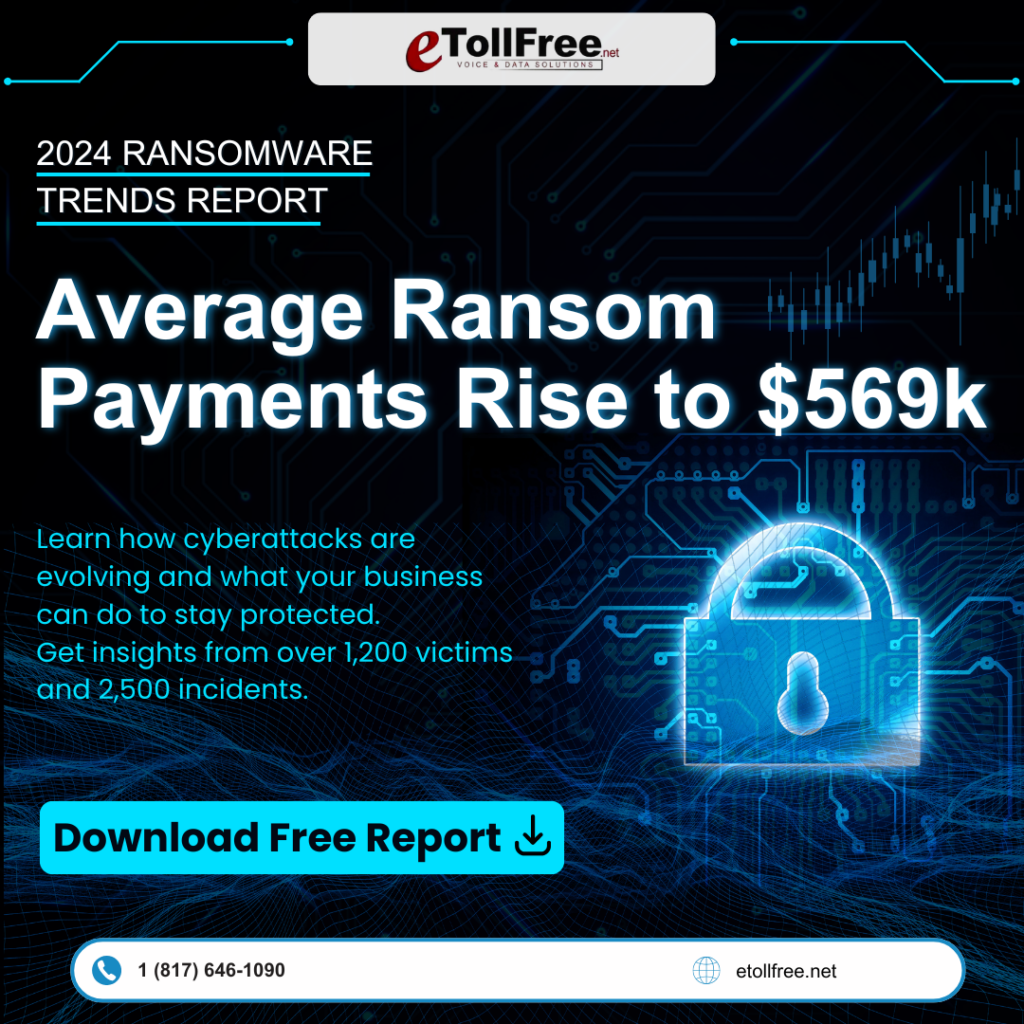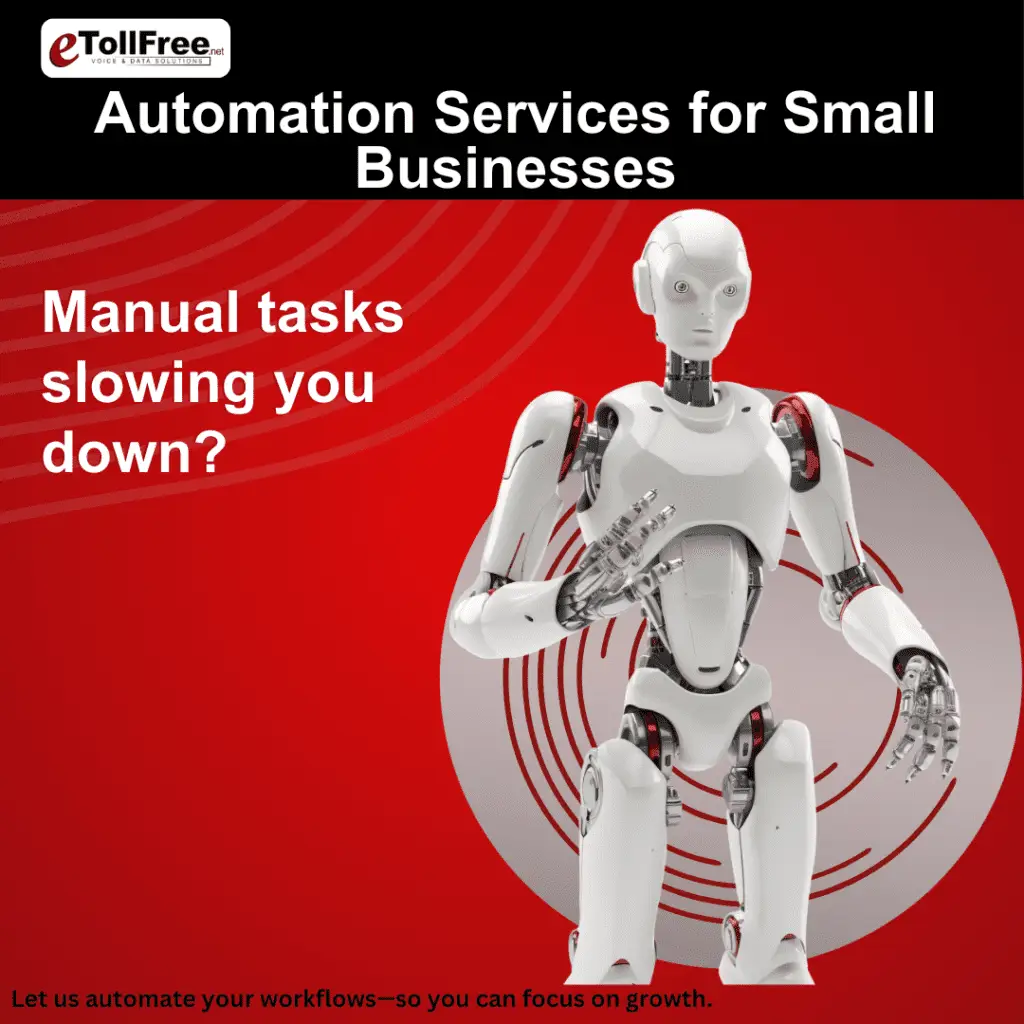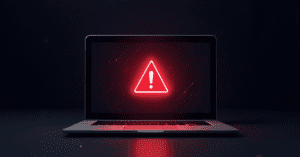New EU Law Bans High-Risk AI Systems to Ensure Safer Technology Use
Picture this: a bustling high school classroom filled with students who know all the latest TikTok trends but might be just slightly hazy on European legislation. Enter Mr. Cruz, the charismatic history teacher, ready to enlighten his students not on ancient Rome, but on the EU AI Act. This new rulebook from the EU aims to transform how artificial intelligence is used across Europe, ensuring technology is safe and ethical. Set to officially kick-off on August 1, 2024, the EU AI Act brings together the collective wisdom of European policymakers in a bid to create a harmonious balance between technological advancement and societal safety.
Understanding the EU AI Act Basics
Mr. Cruz starts with a simple analogy—as relatable as pizza toppings. Imagine AI as different levels of spice. Some are as mild as mozzarella, enhancing the flavor without overpowering it, while others could sear your taste buds. The EU has split AI into four categories based on risk: safe, somewhat risky, very risky, or flat out dangerous.
Level 1: Zero Risk – AI in Your Everyday Life
Netflix recommendations, spam filters, and other such technologies fall under the zero-risk category. They’re the tech equivalent of a margherita pizza—universally liked and harmless. These systems smoothly integrate into everyday life, providing convenience without causing a second thought.
Level 2: Limited Risk – Knowing Who’s Helping You
Have you ever chatted with a bot on a website? They’re part of the limited risk gang. Companies need to be transparent about these interactions—letting you know when you’re swapping pleasantries with an algorithm instead of an actual person. The EU insists that honesty is essential, much like ensuring your pizza has all the advertised toppings.
Level 3: High Risk – Leave It to the Experts
Here’s where things get serious, demanding rigorous checks and reliability akin to mastering a quattro stagioni. AI in healthcare or self-driving cars falls into this bucket. Mistakes can be costly, so the EU insists on stringent checks, like studying hard to ensure your pizza won’t end up burnt.
Level 4: Unacceptable Risk – Not on Their Watch
In the realm of the risky, some AI applications are left on the cutting room floor. Think of intrusive surveillance tools or technologies evaluating people’s worthiness in some dystopian manner. The EU has decided these risks aren’t worth the cheesy thrill—they’re simply banned.
The Stakes: Consequences for Breaking the EU AI Rules
But what if companies don’t follow these new laws? The consequences could hit harder than pineapple on pizza for a purist. Fines can reach up to €35 million or a significant slice of an offender’s annual revenue. While the guidelines for enforcing these penalties are still cooking, they’re expected to come out of the oven as hefty deterrents.
Joining the AI Pact: Who’s In and Who’s Out
To encourage a smooth transition, the European Commission has rolled out an AI Pact. Over 130 companies have signed up, including tech titans like Amazon and Google. However, notable absentees are Apple and Meta, just like how some pizza toppings aren’t for everyone.
Exceptions and Special Cases
Of course, even in a world of technology laws, there are exceptions. Certain AI tools, such as emotion-detecting systems, might still be used by the police or in safety-critical scenarios. Approved uses in healthcare or education allow for a nuanced approach, ensuring safety while noodling over problems that AI is well-suited to solve—like designing the perfect pizza dough.
The Road Ahead: Guidelines and Future Plans
Like any grand_old recipe, the EU AI Act will take time. By August 2026, they aim to have all the ingredients for a fully operational system—complete with guidelines, oversight, and continuous refinement discussions. This involves ensuring businesses worldwide, not just within the EU, tune into these evolving rules. Such foresight prepares us all for a safer tech landscape, where AI tools serve us without turning our lives upside-down—much like getting your favorite pizza delivered without the surprise surcharge.
The takeaway from Mr. Cruz’s lesson isn’t just about what happens overseas—it’s a peek into how global tech practices can shape everyday realities. For entrepreneurs and rising business stars, understanding these rules could mean seizing opportunities before they become industry-wide norms.
As the school’s dismissal bell rings, your next task isn’t to fear AI but to consider how these rules might forge pathways for innovation and responsible tech usage. You might find yourself working or creating in industries that demand these insights. And who knows, maybe one day you’ll team up with a robot not just to bring you breakfast but to collaborate on ideas that make our world a safer, fairer place.










